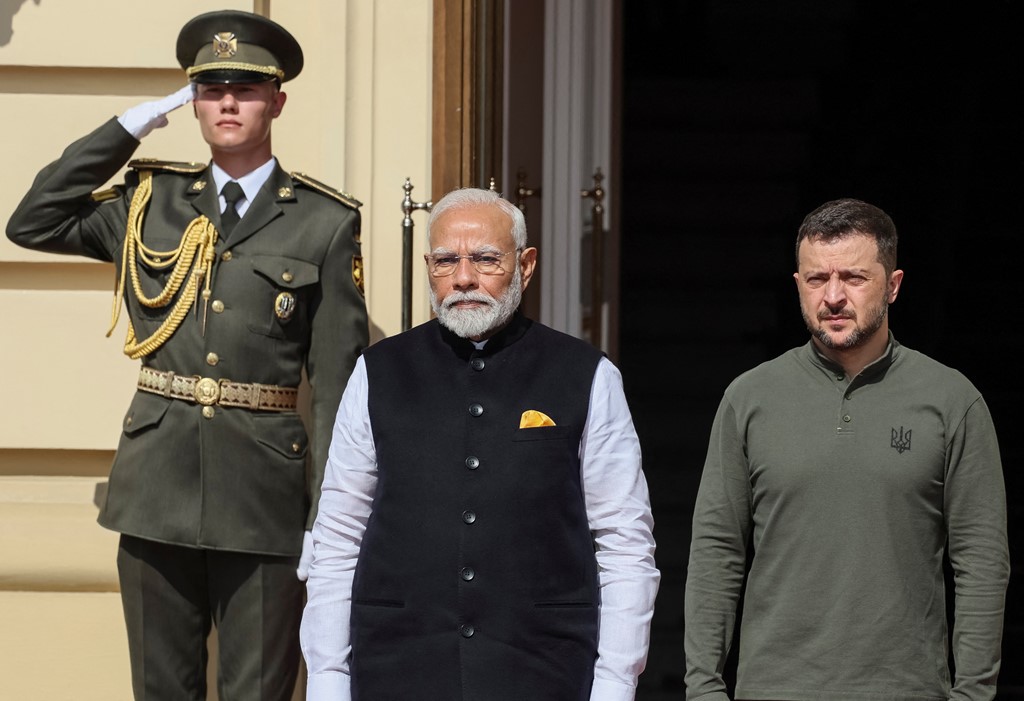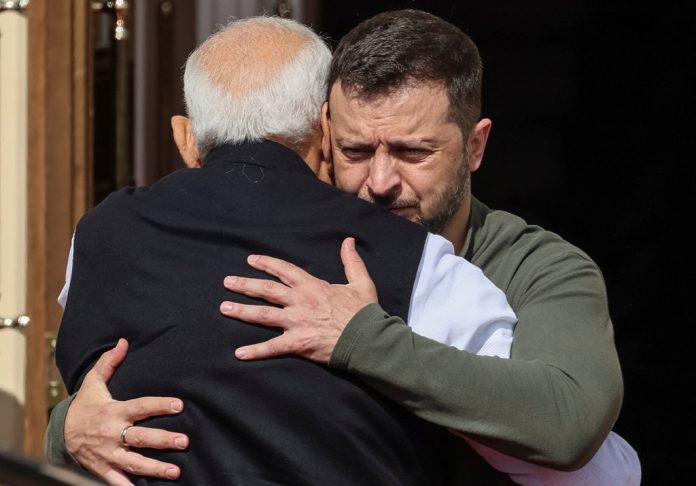As the Kursk invasion drags on, global media are reporting that Ukrainian President Volodymyr Zelensky’s decision to enter Russian territory seems to be a risky gamble that not only drains vital resources but also weakens defences in the Donbas.
The loud incursion of the Armed Forces of Ukraine (AFU) into Russia’s Kursk Region began on 6 August. Since then, numerous media outlets have focused on a critical assessment of the situation. While at first the rapid offensive by Ukrainian troops looked like a breath of fresh air in a protracted war, today the AFU’s actions are systematically turning into yet another page of a history that has fatigued all participants in the armed conflict.
Incursion goals
Ukrainian President Volodymyr Zelensky claimed on Sunday that the military incursion into the Kursk region was allegedly aimed at creating a buffer zone to prevent further attacks by Moscow across the border, according to ABC News.
However, Zelensky earlier said the operation was meant to protect settlements in the border Sumy region from shelling.
It is now our primary task in defensive operations overall: to destroy as much Russian war potential as possible and conduct maximum counteroffensive actions. This includes creating a buffer zone on the aggressor’s territory – our operation in the Kursk region.
Nuclear threat
On Friday, 23 August, Russia accused Ukraine of attempting to attack the Kursk nuclear power plant (KNPP) at night, calling it an act of “nuclear terrorism,” Reuters reported. This came days before the head of the IAEA, the UN atomic watchdog, Rafael Mariano Grossi, is due to visit the site.
The NPP is located in the Kursk region. Russia’s defence ministry reported in a statement that its air defence shot down three Ukrainian drones overnight in the Kursk region. According to Russian media, one drone was hit near a storage facility for spent nuclear fuel.
Grossi urged the warring parties to exercise maximum restraint to avoid a nuclear accident. Heavy fighting has been taking place 30 kilometres (18 miles) from the nuclear plant since the incursion started on 6 August, as Russian troops battle to dislodge Ukrainian soldiers.
Third party response
Meanwhile, the United States announced that it would send about $125 million in new military aid to Ukraine amid the incursion into the Kursk region. The aid package from President Joe Biden’s administration will include air defence missiles, Himars artillery, ammunition and Javelin, as well as counter-drone equipment, according to The Telegraph.
The aid, which will be drawn from Pentagon stockpiles for faster delivery, is also expected to include anti-tank missiles, electronic warfare systems, vehicles, and 155mm and 105mm artillery ammunition.
Indian Prime Minister Narendra Modi met with Zelensky on Friday. Officials from the two countries claim the visit is aimed at strengthening economic ties and cooperation in defence, science, and technology.

However, analysts suggest that with such a move, India is keen to show it is taking a more neutral stance after New Delhi has been accused of supporting Moscow. Earlier, Zelensky criticised Modi for hugging Putin during a visit to Moscow.
Gains and losses
On Thursday, Russia and Ukraine reported new successes on the battlefield, Reuters informed. Kyiv welcomed the capture of another minor village, but at the same time hundreds of Ukrainians fled the eastern city of Pokrovsk.
Visiting the border area on 6 August, Zelensky announced the seizure of a new village, which he did not name, and said the incursion had helped reduce Russian shelling of the northeastern Sumy region. On his return to Kyiv, the Ukrainian president also stated that the latest actions by the Ukrainian military were part of an effort to end the war on Kyiv’s terms, not Moscow’s.
This is all our systematic defence path, the path to end this war on the terms of an independent Ukraine.
Meanwhile, over the past few months, Russian forces have continued a gradual offensive against fatigued Ukrainian troops in the Donbas (Luhansk and Donetsk regions), eastern Ukraine. The Russian Defence Ministry announced taking the village of Mezhove and repelled an attempt by Ukrainian troops to infiltrate across the border in another region.
Ukrainian authorities claim that Russian troops are now only 10 kilometres from Pokrovsk, an essential transport hub in eastern Ukraine. Control over Pokrovsk will allow Russia to advance in new directions and cut off supply routes used by the Ukrainian military in the Donetsk region.
Children with their parents or other legal guardians will be forcibly evacuated from some areas, including Pokrovsk, according to a statement by the Ukrainian ministry responsible for reintegrating regions formerly under Russian control.
Overall, the intensity of hostilities has slowed in the Kursk region and intensified in the Donbas. The much-promised incursion by the AFU has utilised scarce manpower and equipment, with a sudden breakthrough turning into a risky gamble.
Media outlets report that Zelensky has staked on the incursion. That means that unless Ukraine demonstrates considerable success, it risks not only retreating from a weakened Donbas, but also losing key military equipment essential for both defence and offensive operations.
